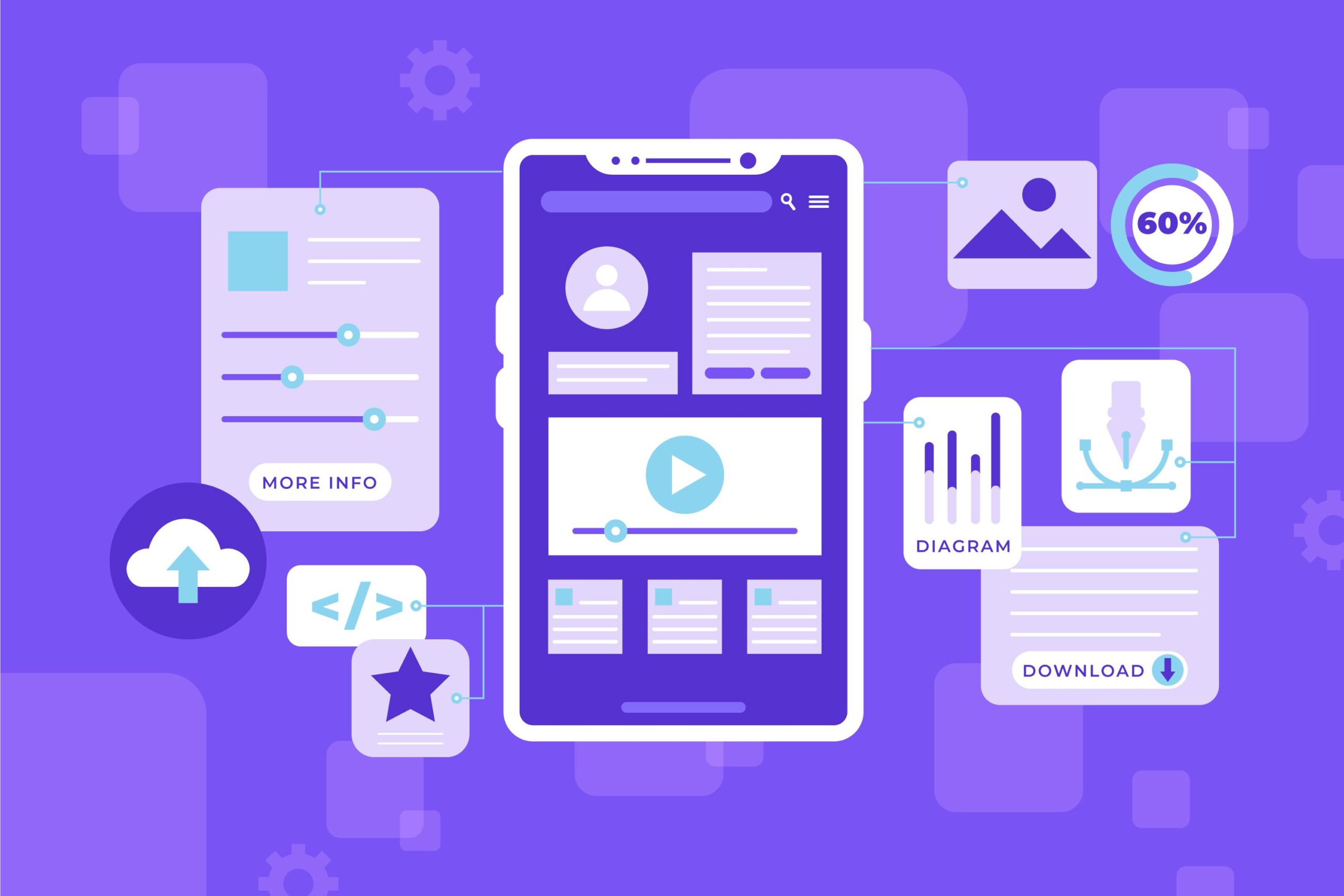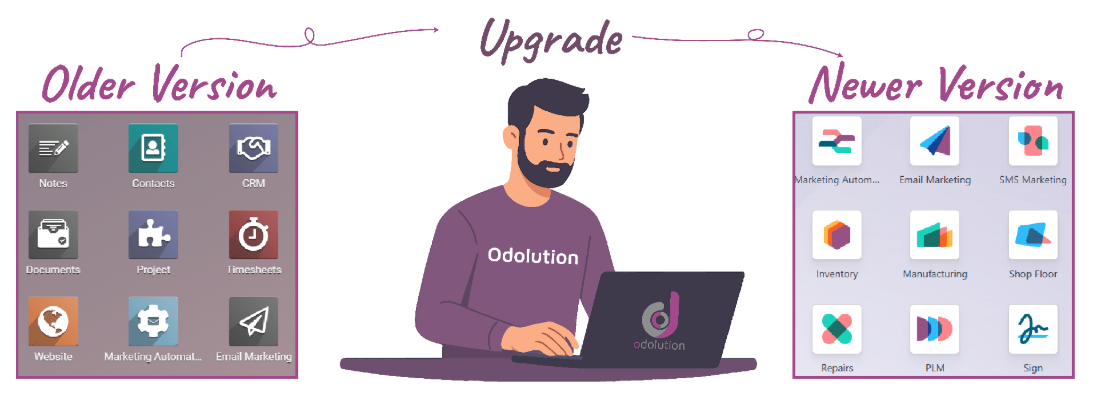Are your social media posts falling flat, even when the content feels strong?
You’re not alone. Many content creators and marketers pour time into graphics, captions, and hashtags, only to see little engagement. The problem often isn’t the message—it’s the timing. When you post, it makes a big difference. If your audience isn’t online, they won’t see your post, no matter how good it is.
Understanding the best time to post on social media becomes vital. But it doesn’t stop there. Timing needs support from strategy, and that’s where social media scheduling tips come into play. This post breaks it all down, so you can stop guessing and start posting when it matters.
What Does “Best Time to Post” Really Mean?
The best time to post on social media refers to the hours when your audience is most active. Every platform has its own peak times based on user behavior. If you post during those windows, your content gets pushed higher in feeds and seen by more people.
But it’s not universal. TikTok users don’t scroll for the same hours as LinkedIn professionals. Instagram’s audience spikes around lunch and late evening, while Twitter may peak early morning on weekdays.
This isn’t just about visibility. It’s about maximizing ROI. Every minute you spend on content creation is wasted if the content drops into an inactive feed.
Platform-Specific Timing Benchmarks
- Facebook: Tuesday through Thursday, 9 a.m. to 1 p.m. These slots capture workday breaks. Avoid late nights and weekends.
- Instagram: Monday to Friday, 11 a.m. to 2 p.m. Activity is high around lunch, plus a secondary boost after work.
- LinkedIn: Tuesday through Thursday, 8 a.m. to 11 a.m. Since it’s a professional network, users check it before the workday starts.
- X (Twitter): Monday to Friday, 9 a.m. to noon. It’s fast-paced and benefits from posting during news cycles.
- TikTok: Tuesday, Thursday, and Friday around 6 p.m. Evenings bring higher engagement for younger users.
- Pinterest: Evenings and weekends. People browse for inspiration outside of working hours.
These benchmarks matter, but they’re just a starting point. Testing, analyzing, and refining based on your audience always wins.
Data Over Guesswork: Why Analytics Drive Better Posting Times
Relying on instinct won’t deliver consistent results. Your audience behavior is constantly changing, and only analytics can keep up. Every major platform—Instagram, LinkedIn, Facebook, TikTok—gives access to performance metrics. Look for patterns. When do your posts get the most reach? What days bring in clicks or saves?
Use these insights to optimize your schedule. Over time, the numbers reveal trends that raw guesswork misses. Base your timing decisions on real data, not trends from a blog post. That shift alone improves visibility. The more accurate your insights, the stronger your scheduling strategy becomes.
Engagement Peaks Don’t Equal Conversion Peaks
Most brands chase likes and comments. But those spikes don’t always mean people are clicking, buying, or subscribing. Posting at a high-engagement hour isn’t always the best if your goal is sales. Focus instead on the best conversion times.
That might mean posting before lunch when people browse quickly, or in the evening when they have time to take action. You need to align posting times with business goals. Study both engagement and outcome. Metrics like CTR and conversion rates offer clearer insights than likes ever will. Post to move people, not just to be seen.
Why Social Media Scheduling Is No Longer Optional
Manually posting content across multiple platforms? That’s inefficient. Social media scheduling tools automate this process, letting you line up content to hit those peak times—even when you’re offline.
This is where smart social media scheduling tips come into play:
- Use scheduling tools like Later, Buffer, or Hootsuite.
- Schedule based on data, not guesswork. Most schedulers give engagement insights.
- Batch your content weekly or monthly. Spend less time on daily posts.
- Monitor your post analytics. Identify what time slots bring clicks, shares, and comments.
Social media scheduling tools remove the friction from your process. They don’t just save time—they prevent errors and missed windows.
When Generic Timing Doesn’t Work
You’ve heard that 11 a.m. on Wednesday is a golden window. But it flops for you. That’s because your audience is different. Maybe you’re targeting stay-at-home parents or B2B tech leads. Timing varies with demographics.
Instead of following global trends blindly, assess:
- Your time zone: Always align with your core audience’s time, not your own.
- Engagement patterns: When are your followers active? Check platform analytics.
- Content type: A meme hits at 9 p.m., but a whitepaper might fit early mornings.
This is why testing matters more than trend-chasing. Insights from your own data will always outperform generic advice.
Why Posting at the Right Time Isn’t Enough
Let’s say you’ve nailed the best time to post on social media. You’re still not done. Timing can only help content that’s worth sharing. A bad post, even at a peak hour, won’t perform. This is where content quality and scheduling intersect.
Think of it like this:
- A great post + wrong time = no traction.
- An average post + perfect time = minor traction.
- A great post + perfect time + consistent scheduling = strong traction.
The right schedule builds trust. Your followers expect to see your content regularly. If you disappear, so does your visibility. The algorithm punishes gaps.
Use scheduling to create rhythm. Over time, that consistency compounds.
Strategic Tips for Better Scheduling
Let’s go deeper. These advanced social media scheduling tips can refine your strategy:
- Use A/B testing: Post the same content at different times. Measure which slot performs better.
- Time zone segmentation: If your audience spans time zones, schedule multiple variations.
- Seasonal posting: Holidays, events, and seasons shift online behavior. Adjust accordingly.
- Repurpose with intent: Don’t just re-post—reframe. Tailor content for time and platform.
- Automation hygiene: Review scheduled content regularly to avoid outdated or tone-deaf posts.
Scheduling is a system. But that system needs constant maintenance and feedback. Stay active, not passive.
Why Timing and Scheduling Should Be Core to Your Strategy
The best time to post on social media is never static. It shifts with your audience, your content, and the platform. Scheduling bridges the gap between planning and execution. It transforms guesswork into precision.
You can’t afford to treat social media like a side task anymore. It’s a digital storefront. Your timing, consistency, and planning all impact how your brand is perceived. Master both the when and the how—and you’ll start seeing better engagement, more traffic, and higher ROI.
Start posting smarter, not harder. Use your data. Optimize your timing. And let the best social media management tool carry the heavy load while you focus on content that drives results.
FAQs
- How often should I schedule posts?
It depends on your platform. For Instagram, 3–5 times a week is optimal. X can handle multiple daily posts. Focus on quality over quantity.
- Do scheduling tools reduce reach?
No. Most tools integrate directly with platforms. The myth that third-party tools hurt reach is outdated.
- Should I post the same content across all platforms?
No. Each platform has a unique format and audience behavior. Repurpose, but customize for tone and visuals.
- Can I schedule Instagram Stories?
Yes, with tools like Later and Meta Business Suite. But some features, like interactive stickers, may require manual steps.
- How far in advance should I schedule content?
Schedule at least one week ahead. Monthly batching is even better if you have evergreen content.





